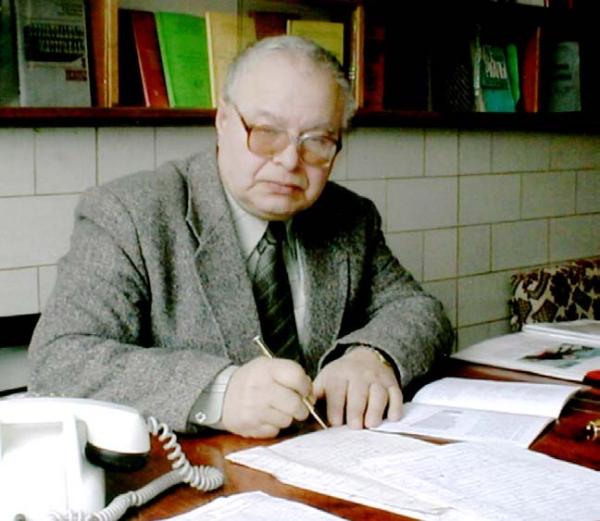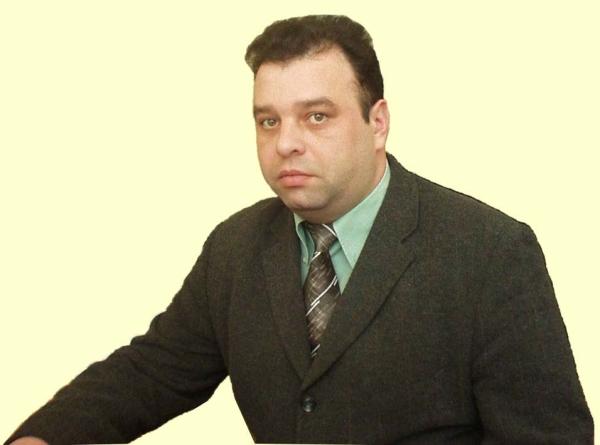

BASICS OF CONCRETE
SCIENCE
L. Dvorkin and O.Dvorkin
St-Petersburg ( Russia), Stroi-Beton, 2006
mailto: dvorkin.leonid@gmail.com





L.Dvorkin and O.Dvorkin
Reviewers:
“Basics of Concrete Science”
Doct. Prof. Komohov P.
2006. – 692 pages
Doct. Prof. Krivenko P.
Л.И.Дворкин, О.Л.Дворкин “Основы
Doct. Prof. Ysherov-Marshak A.
бетоноведения”, Санкт-Петербург,
Россия, изд.Строй-Бетон, 2006, 692 с.
ISBN 590319702-7
ABSTRACT
There are enlightened basic aspects of scientific concrete science. There is given summary of
modern ideas about hardening and structure-forming of cement stone and concrete, rheological
and technological properties of concrete mixes, strength, strain and other properties, which
determine concrete operate reliability and durability. There are considered basic types of normal
weight cement concrete, lightweight and cellular concrete, non-cement mineral binders concrete,
mortars.
The book is addressed to students and post-graduate students of construction specialties of higher
educational establishments, scientists and technologists.
BASIC MONOGRAPHS OF AUTHORS
1. L.I.Dvorkin "Optimum Design of Concrete Mixtures", Lvov, Vusha Skola, 1981, 159 p. (Rus.)
2. L.I.Dvorkin,.V.I.Solomatov, V.N. Vurovoi, S.M.Chydnovski "Cement Concrete with Mineral
Admixtures", Kiev, Bydivelnik, 1991, 137 p. (Rus.)
3. L.I.Dvorkin, O.L.Dvorkin "Effective Cement - Ash Concrete", Rivne, Eden, 1999, 195 p. (Rus.)
4. O.L.Dvorkin "Design of Concrete Mixtures. (Bases of Theory and Methodology)", Rivne,
NUWMNR, 2003, 265 p. (Rus.)
5. V.I.Bolshakov, L.I.Dvorkin "Building Materials", Dniepropetrovsk, Dnipro-VAL, 2004, 677 p. (Rus.)
6. V.I.Bolshakov, L.I.Dvorkin, O.L.Dvorkin " Bases of Theory and Methodology of Multi-Parametrical
Design of Concrete Mixtures", Dniepropetrovsk, PGASA, 2006, 360 p. (Rus.)
7. L.I.Dvorkin, O.L.Dvorkin " Building materials from wastes of industry", Rostov-na-Dony, Phenics,
2007, 363 p. (Rus.)
2





CONTENTS
Foreword
Introduction
6.2. Concrete resistance to temperature influences
1. Concrete. Raw materials
6.3. Permeability
1.1. Concrete. General
6.4. Corrosion resistance
1.2. Binders. Classification. Nature of binding properties
7. Design of normal concrete mixture
1.3. Portland cement and its types
7.1. General and tasks
1.4. Hydraulic non Portland cement binders
7.2. Selection of raw materials and admixtures
1.5. Concrete aggregates
7.3. Calculations of basic parameters of concrete mixture
1.6. Admixtures
composition
1.7. Mixing water
7.4. Correction of design concrete compositions
2. Concrete mixtures
8. Types of concrete
2.1. Structure and rheological properties
8.1. Fine-grained concrete
2.2. Technological properties of concrete mixtures
8.2. High-strength concrete
2.3. Consolidating (compaction) concrete
8.3. Polymer-impregnated and polymer-cement concrete
3. Concrete hardening and structure-forming
8.4. Fiber reinforced concrete
3.1. Hardening and structure of cement stone
8.5. Special concrete
3.2. Influence of aggregates on forming of concrete structure
9. Light-weight concrete
3.3. Influence of admixtures on concrete structure forming
9.1. Concrete on non-organic porous aggregates
3.4. Optimization of concrete structure
9.2. Design of lightweight concrete with porous aggregates
4. Concrete strength
9.3. Concrete on the basis of organic
4.1. Theories of strength and mechanism of destruction
(wood) aggregates
4.2. Law (rule) of water-cement ratio
9.4. No-fines and aerated concrete
4.3. Adhesion between aggregates and cement stone
9.5. Cellular concrete
4.4. Influence of terms and duration
10. Concrete on the basis of non-clinker binders.
of hardening concrete
Mortars and dry pack mixes
4.5. Kinds of strength. Tests for concrete strength
10.1. Silicate concrete
5. Deformations of concrete
10.2. Slag and fly-ash concrete
5.1. Concrete deformations at short-term load
10.3. Slag-alkaline concrete
5.2. Concrete deformation at long-term load. Creep
10.4. Gypsum concrete
5.3. Own deformations. Concrete shrinkage
10.5. Mortars
6. Concrete resistance to temperature-humidity influence.
10.6. Dry pack mixes
Corrosion resistance
6.1. Frost resistance of concrete
3






Leonid Dvorkin –Honored worker of science and technics of Ukraine, academician of
Academy of Civil Engineering of Ukraine, Doctor of Technical Science, Professor, Head
of Department of Building Material Science of National University of Water Management
and Nature Resources (Ukraine).
Prof. L. Dvorkin is an author of a series of researches, monographs, manuals, textbooks
and reference books.
His researches and scientific works are mainly devoted to chemistry and technology of
binders and concrete, saving of resources in building materials production.
4






Oleg Dvorkin–Doctor of Technical Science, Professor of Department of Building
Material Science of National University of Water Management and Nature Resources
(Ukraine).
O. Dvorkin is an author of a series of researches, monographs and textbooks. His
researches and scientific works are mainly devoted to concrete technology and saving
resources in building materials production.
5





































